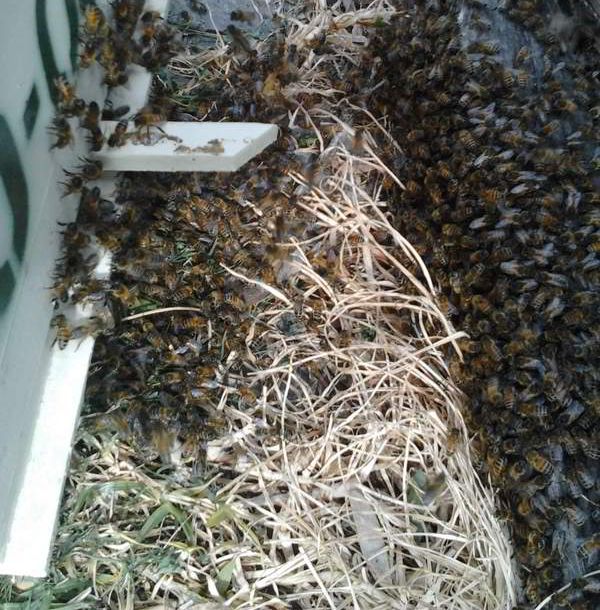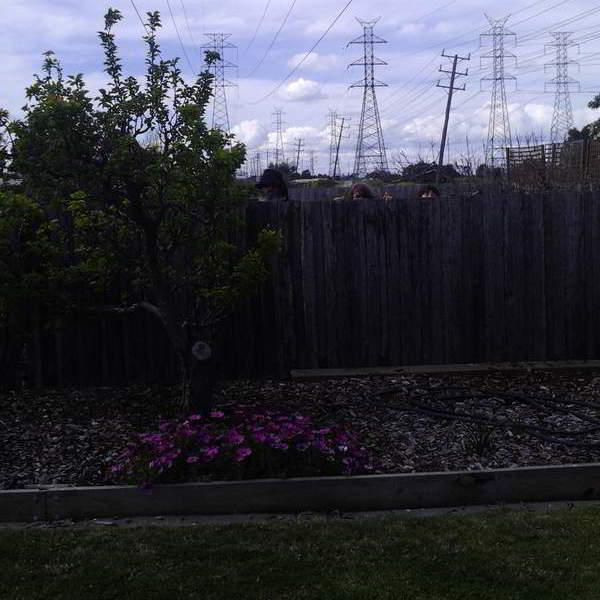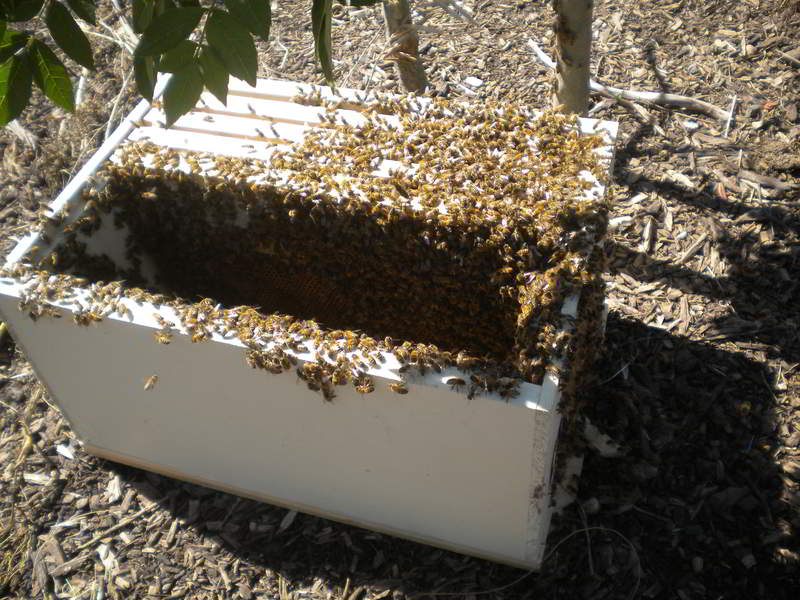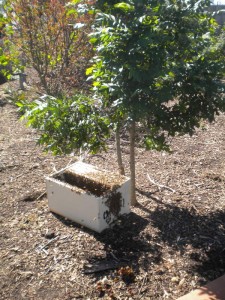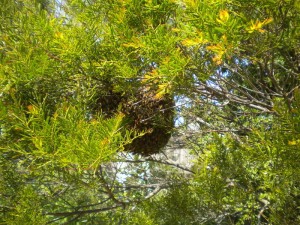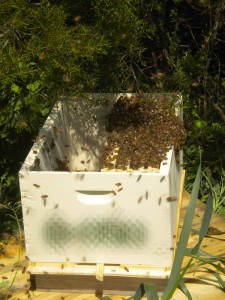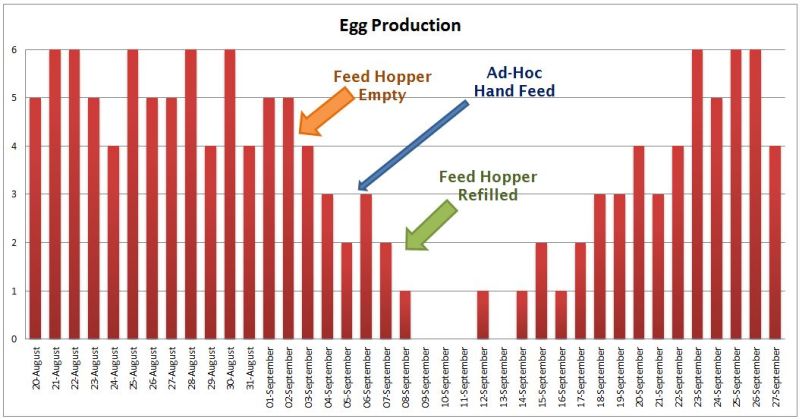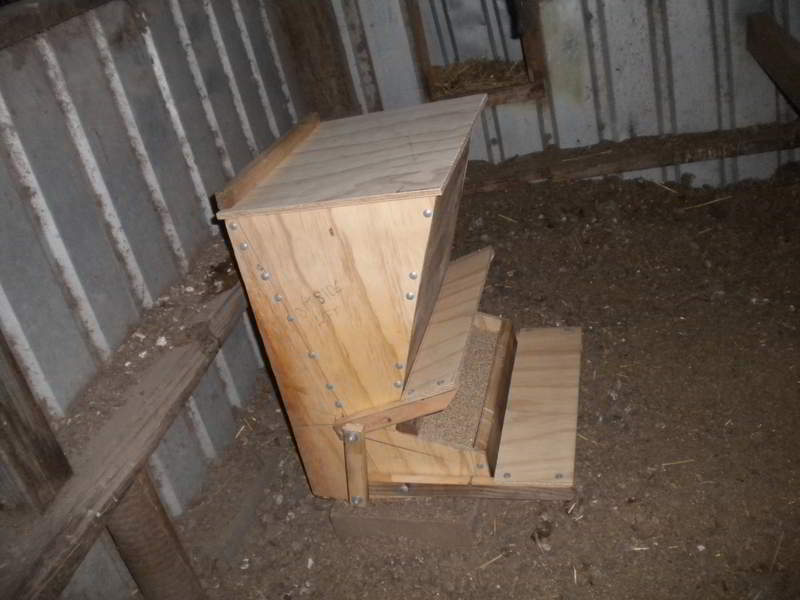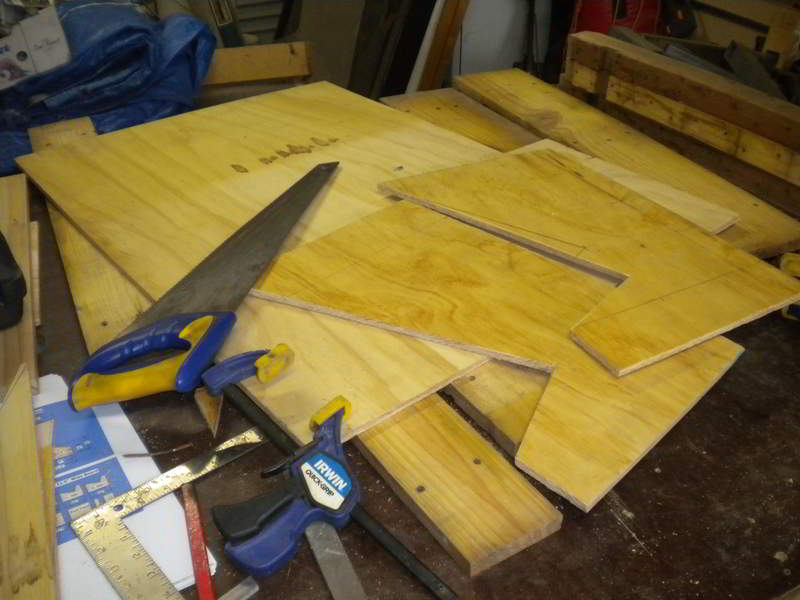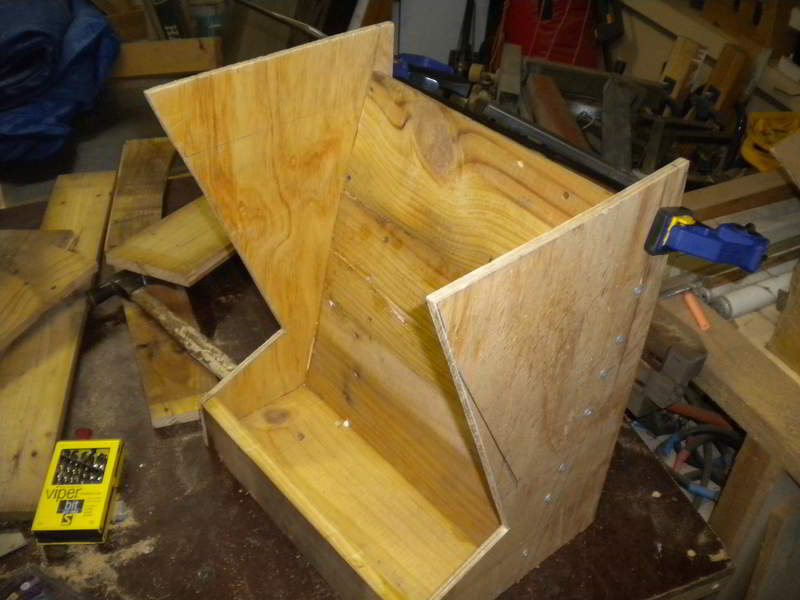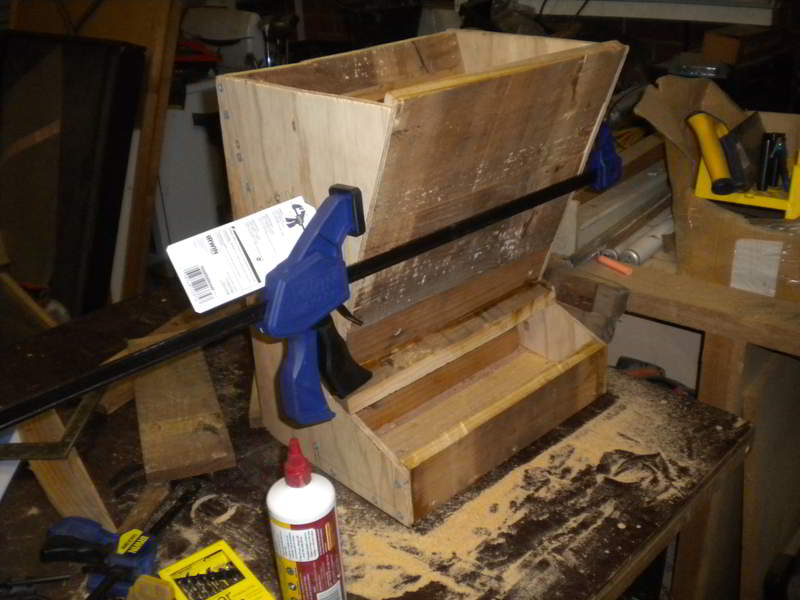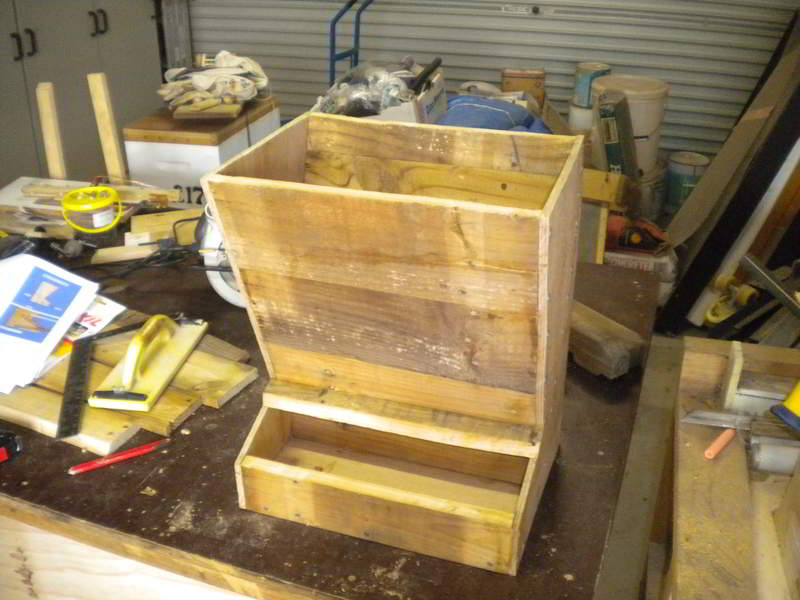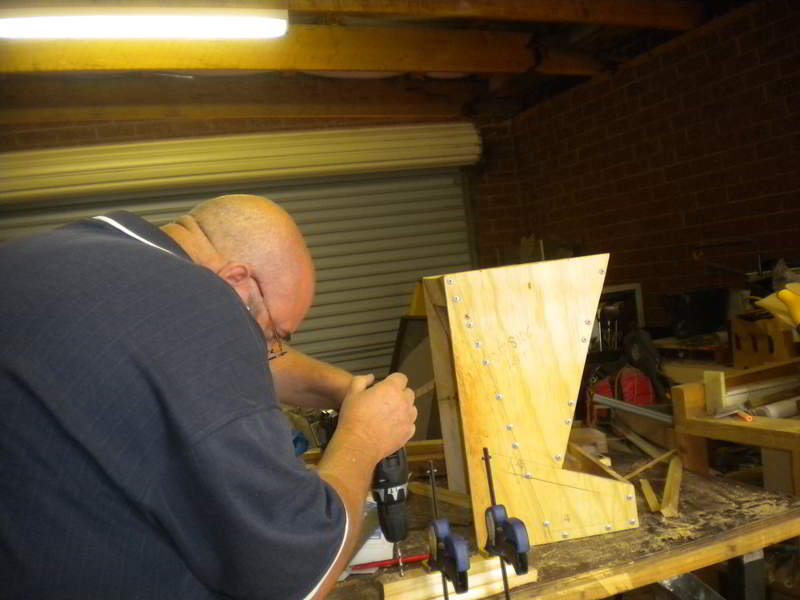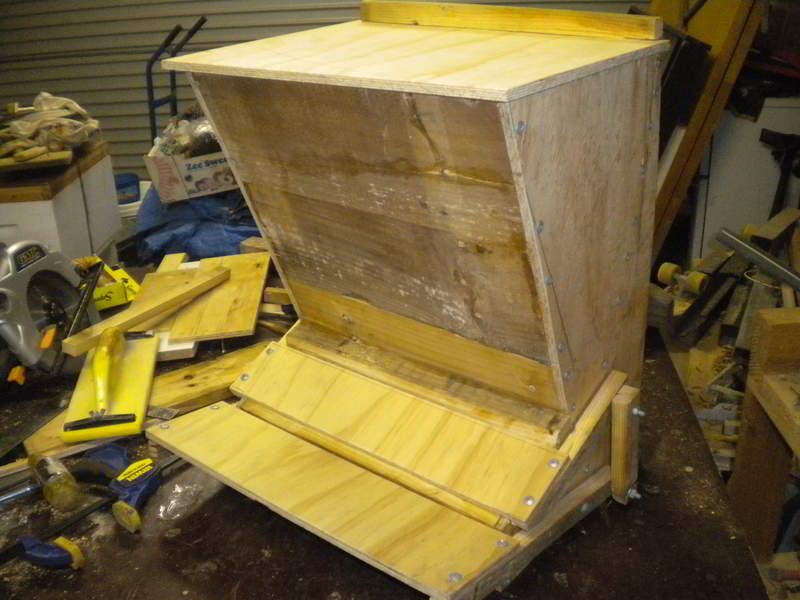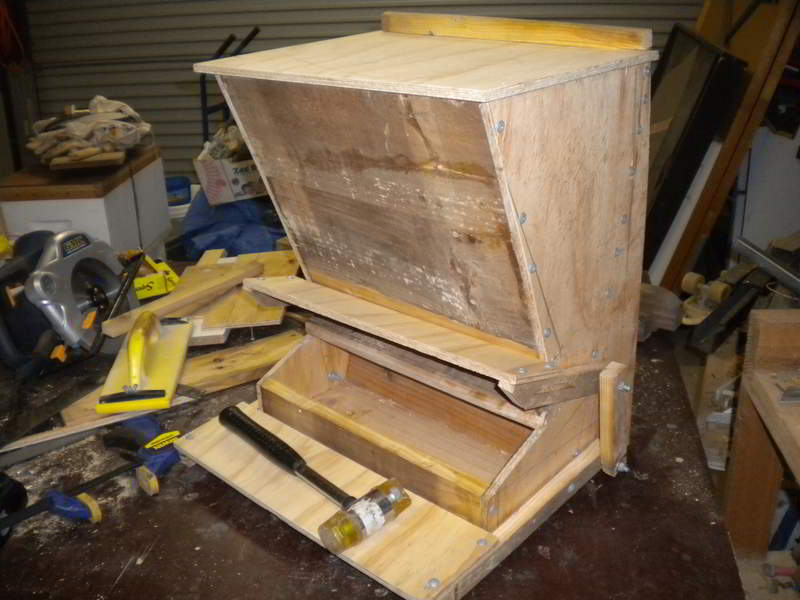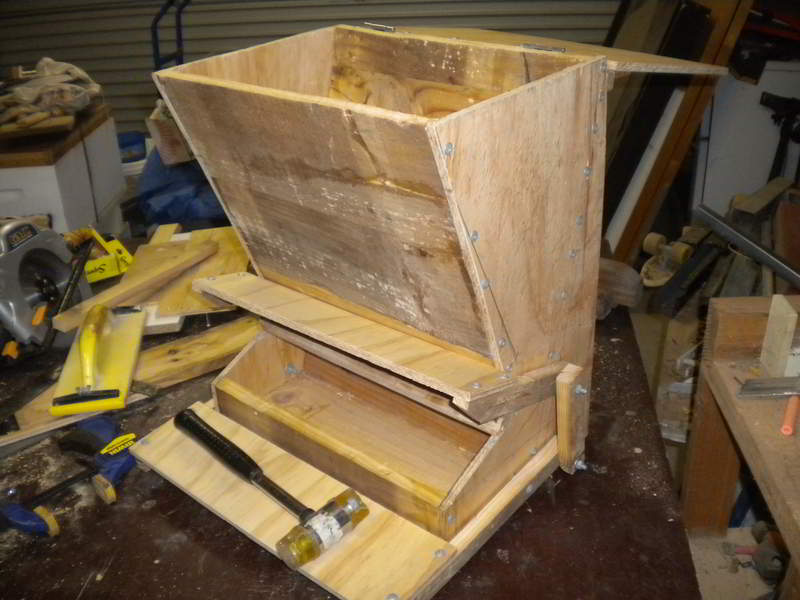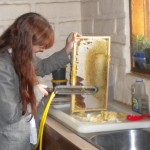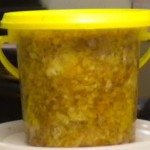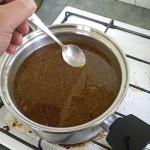BEES! Everywhere! Swarms of them!
Well, maybe that’s a bit of an over statement but…
About four weeks ago, my mate came and checked on his bees that he overwintered at our place. He also checked on ours since we were away. He rang to say that he was gobsmacked! because the bees were overflowing in the hives! They were doing so much better than his other hives and he had to put an extra super on each one of the hives, his and mine. He was reasonably confident that the additional supers would keep them under control and not prone to swarming until we were able to do a thorough check on the them and extract some honey. In the process he used the last of my frames and needed to replace them. “Not a problem”, I said. Little did I know.
Two weeks ago on the Sunday, my neighbour rang me to say he had a swarm in his backyard. I told him I would come over and check it out. Sure enough, there was the swarm in some ground hugging bottle-brush. Were they mine? Maybe. In any case, in the interest of keeping everybody on side, I grabbed a box to collect the swarm and remembered that I had no frames! Fortunately, I had a base and a lid. They hadn’t been painted yet but they would be fine. What to do? I opened up the largest hive and grabbed three of the new frames that hadn’t been built on yet and a frame of honey and just used four frames in the hive and collected the swarm with no problems, under the watchful eye of a few friends.
My mate dropped off the replacement frames on the following Friday and I dropped them into the new hive and the large hive on Saturday morning. That’s it, I thought. Now all I had to do was build another base and lid to be painted and build some more frames for the additional hive. Easy!
The next day, Sunday my neighbour’s son came over to tell me there was another swarm. Damn! I was in a bit of a bind now because I had no lid and no base as well as no frames. I scrounged around the garage and found enough material to make a serviceable base and a temporary lid. I quickly built the base and, because I had no Em-locks, tacked it onto the super. I opened up the largest hive again and took back the frames from the previous day including a full capped framed. I went over to the swarm, which turned out to be in our backyard near the fence , and successfully lured them into the hive.
So, now I had another hive with an ad-hoc lid with spacer and a temporary bottom with no feet. I was also short eight frames again! That meant I had to make up another eight frames to fill in the gaps in the two hives, make a new lid to replace the existing temporary one and make a new base to replace the one with no feet. So during the week, I bought some frame kits and foundation and made another eight frames. I also bought a sheet of 3-ply and some masonite and built a replacement lid.
Today, Sunday, I went down to the hives to replace the frames and, in the tree near the compost heap, I saw…yes, you guessed it…another swarm!! “This is getting bloody ridiculous”, I thought.
This time I didn’t even have any material to make a temporary base. So it was off to the hardware store to buy some lengths of pine to make the spacer and opening for the base. I quickly assembled the base, dropped in four of the frames I had built during the week, one drizzled with bit of honey, and unceremoniously dumped the swarmed onto the hive. They seemed to have settled into the hive now.
I took the remaining four frames and put them into the new hive from last week. Just as well I did because they had already constructed a full comb in the empty space and had started filling it with honey!
Now, in the space of three consecutive Sundays, I have gone from two hive to five hives. I have two hives that need four frames each as soon as possible. Plus I will need a further 24 frames fairly quickly to allow for expansion of the new hives as they are growing at an astonishing rate. I also need to build another two lids and bases so that I can paint them and start rotating out the temporary lids and bases. In addition, I will need to build another three supers at least to accommodate the additional hives And I have to start extracting honey from the established hives!
I might be able to give my mate one of the hives, particularly the first one as we think it may have come from his original hive with his brand new queen. If so, that would mean he would get his queen back and I would be left with four hives. I think that is a more manageable number.
This was supposed to be a relaxing hobby! 🙂
